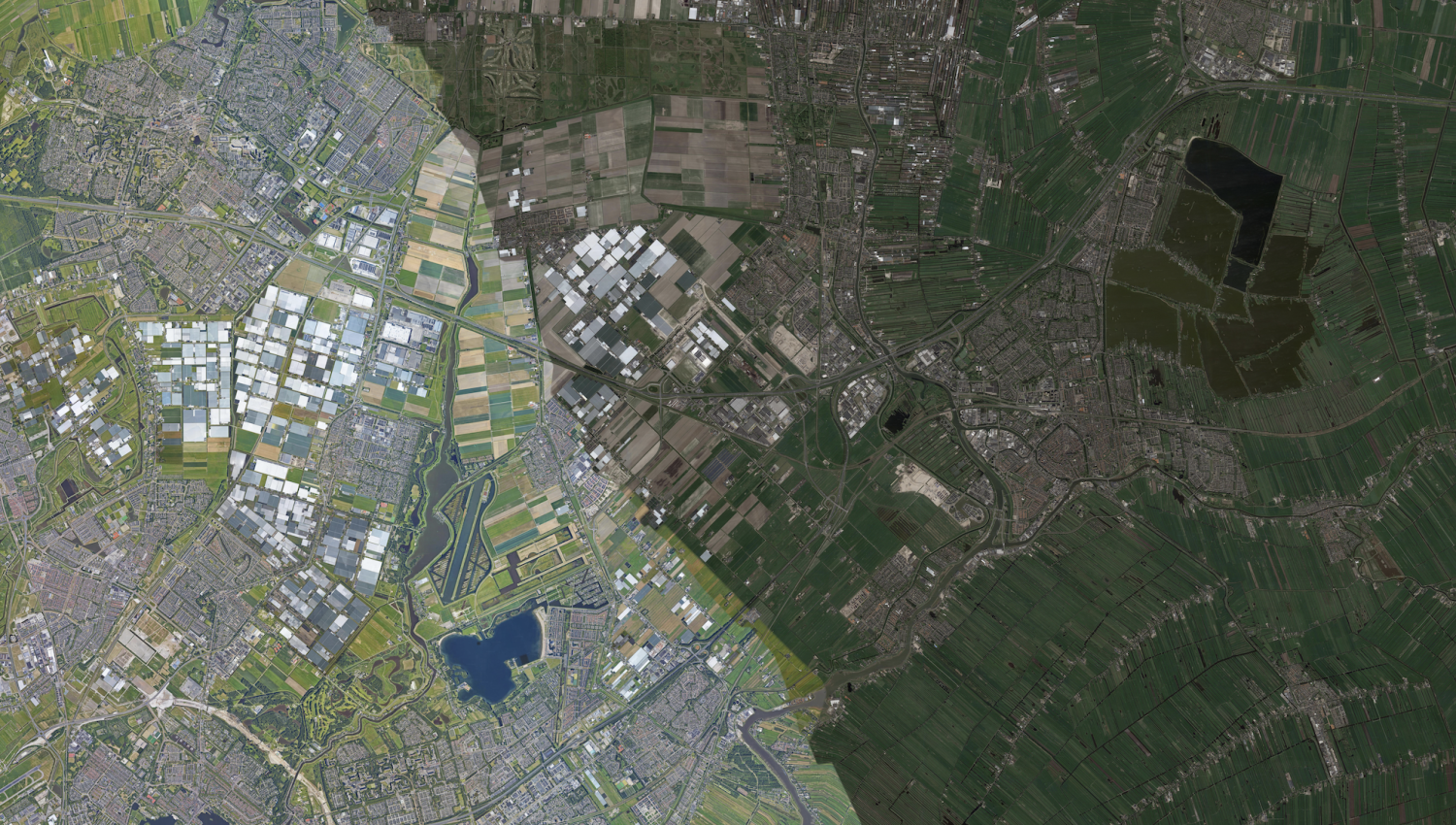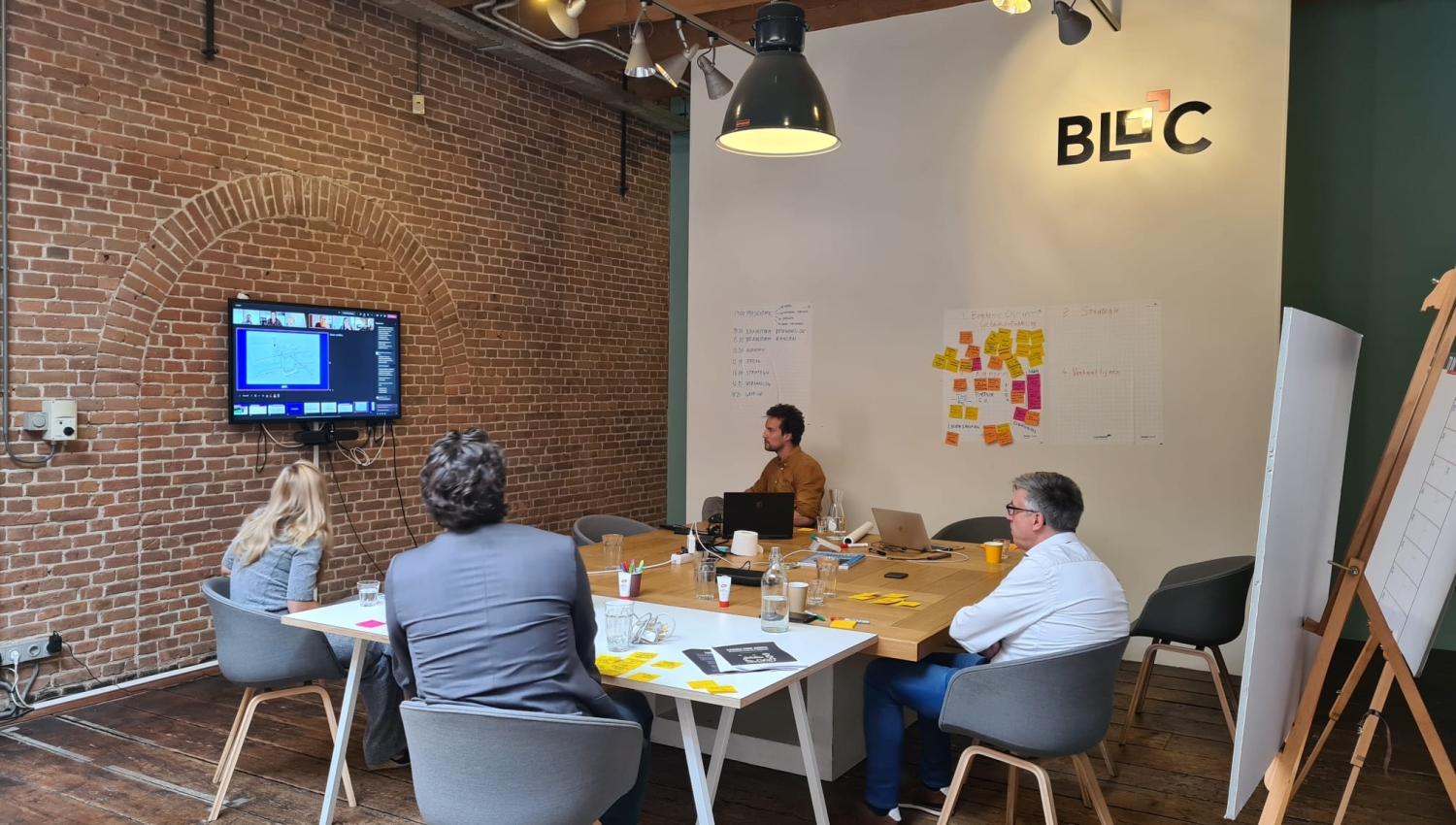
ARRIVA: MORE THAN A TRANSPORT OPERATOR
A creative brainstorm!
Read moreHow can Arriva’s public transport services integrate more effectively with urban planning developments in the Netherlands? We have been helping this international organisation strategise on this issue since last summer. The first step was a creative session with the Europe-wide public transport company in which we brainstormed to find answers to this question. The case study explored was the region of Midden-Holland.

Opportunities and challenges
Arriva wants to gain more insight into relevant regional developments and processes, so that potential demand for transport services can be responded to in a smart way. Arriva’s progressive ambition is not only to view future orders and tenders from the perspective of transport demand, but to approach them from a more integrational perspective, so that value is added. After all, good transport links increase the value of residential areas, neighborhoods, and real estate. To achieve this, a new strategy is needed!
Public transport and town planning are often approached separately and managed by various (departments of) municipal and provincial authorities. As a result, there is a lack of integration and opportunity to make effective links between future travel behavior and the use of public space. This does not do justice to the strong relationship between the user of that space and accessibility of public transport. Both governments and transport providers can make gains here.
Moreover, the public transport market is under pressure. The demand for urban mobility is increasing and the pressure on the built environment is growing, causing more bottlenecks in passenger transport. In addition, the government wishes (and has) to spend less money on traditional public transport. There is also a trend where travellers are increasingly making their own choices when and how they wish to use certain transport providers. Linked mobility platforms, in which journeys using multiple transport modes can be arranged in one place, are a growing trend. The revenue model of traditional public transport operators is therefore under threat, but new concepts and techniques also offer new opportunities.

The designsprint
This summer, we held an in-person brainstorm with Arriva, in the form of our own design sprint technique. In this exercise, we applied an integrated approach to the Central Holland transport area. A very interesting living and working area. There are major housing developments planned within the region. No fewer than 12,000 homes must be built before 2030 to meet the housing requirement. Extrapolate this to 2050… New residential areas mean thousands of new residents who must all commute to work (often in the Randstad). And the motorways can barely handle the pressure already. This must be responded to via public transport (or other urban mobility concepts), so that these new areas are also easily accessible. And the sooner the transport provider is involved in these urban developments, the more effectively and quickly transport options can be developed.
The sprint looked at developments and administrative priorities in urban mobility and area development. In the session, Arriva employees compiled an overview of relevant insights and opportunities, and together we looked at how we can capitalise on these opportunities by means of an integrated approach. We concluded that we are focusing on three paths of innovation, enabling Arriva to meet its ambition to be more than a carrier. Arriva as a public service provider that strengthens urban development and anticipates transport bottlenecks that may arise in the Netherlands.
Due to this positive cooperation, we are looking forward to a sequel with Arriva! In the coming months we will work through a number of follow-up cases.
Want to know more about this project? Or want to grab a cup of coffee? Contact Fred!

Fred Witte
- fred@bloc.nl
- +31 6 16 21 67 79
